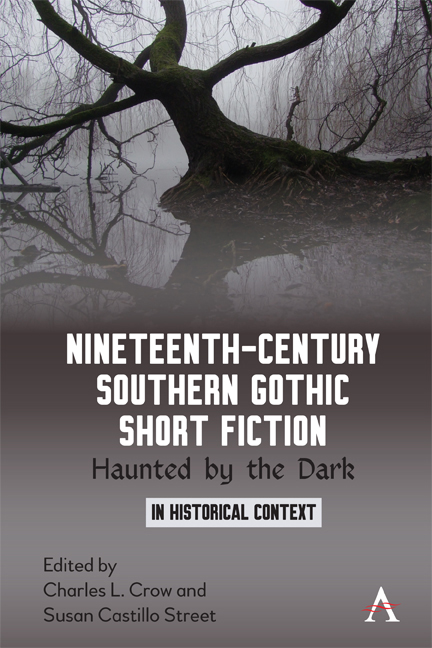Chapter Eight - Charles Chesnutt, “Po’ Sandy” (1888)
Published online by Cambridge University Press: 20 January 2022
Summary
Many early readers of the stories Charles Chesnutt collected in The Conjure Woman (1899) would have assumed that Chesnutt was a white man like Joel Chandler Harris, author of Uncle Remus (1881). Chesnutt seems to be writing in Harris's tradition of African American tales reimagined for a white audience. Indeed, the stories in The Conjure Woman dramatize that assumption: the former slave Julius tells the stories to his white employer John, who frames them and tells them to us.
Chesnutt, however, is more subtle and elusive than he may at first seem. A mixed-race African American who could pass for white, his life and art were complicated negotiations across what he called “the color line.” A careful reader will recognize that John, the entitled white Northerner, is not as perceptive as he thinks, and that Julius is more canny than he appears. Julius is a historian, an artist, a teacher—and a trickster.
Chesnutt wrote stories that are more obviously Gothic than “Po’ Sandy.” These are especially his stories involving the sexual exploitation of enslaved women, and its consequences. See, for example, “The Sheriff's Children,” “The Marked Tree” and “The Dumb Witness.” In “Po’ Sandy” John dismisses Julius's haunted house story as a transparent ploy, an attempt to manipulate him. But if the tale is not Gothic to Julius, it is absolutely Gothic to Annie, John's wife, and has a profound effect on her. We should read the tale with Annie's sensitivity and insight.
Text: Charles Chesnutt, The Conjure Woman (New York: Houghton Mifflin, 1899).
PO’ SANDY
On the northeast corner of my vineyard in central North Carolina, and fronting on the Lumberton plank-road, there stood a small frame house, of the simplest construction. It was built of pine lumber, and contained but one room, to which one window gave light and one door admission. Its weather-beaten sides revealed a virgin innocence of paint. Against one end of the house, and occupying half its width, there stood a huge brick chimney: the crumbling mortar had left large cracks between the bricks; the bricks themselves had begun to scale off in large flakes, leaving the chimney sprinkled with unsightly blotches. These evidences of decay were but partially concealed by a creeping vine, which extended its slender branches hither and thither in an ambitious but futile attempt to cover the whole chimney.
- Type
- Chapter
- Information
- Nineteenth-Century Southern Gothic Short FictionHaunted by the Dark, pp. 83 - 90Publisher: Anthem PressPrint publication year: 2020



